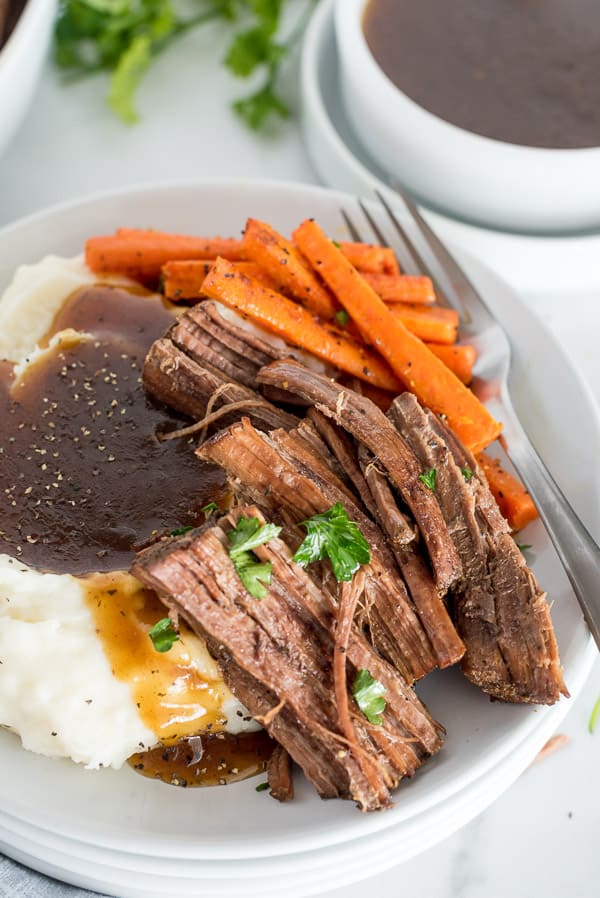From Ranch to Table: Fresh and Premium Meat Choices
The journey of meat from farm to table envelops an intricate interaction of high quality, principles, and sustainability. With a raising focus on fresh and superior options, consumers are currently a lot more likely to take into consideration the beginnings of their food, bring about a renewed focus on lasting farming methods and animal well-being requirements. This shift not just boosts the dietary profile of meat yet likewise supports neighborhood economic climates. Nevertheless, the implications of these selections extend much beyond individual health and neighborhood farming. What does this mean for the future of food systems and customer practices?
Recognizing Meat Sourcing
As consumers end up being increasingly knowledgeable about the beginnings of their food, comprehending meat sourcing has actually gained extremely important importance. Meat sourcing includes mapping the journey of meat from farm to table, encompassing various elements such as farming practices, pet well-being, and ecological influence. This understanding encourages consumers to make informed selections that align with their values, specifically regarding sustainability and honest factors to consider.
The sourcing of meat can differ considerably based upon numerous criteria, consisting of the sort of livestock, farming techniques, and geographical place. Grass-fed beef commonly comes from pasture-based systems that advertise pet welfare and decrease ecological deterioration. Alternatively, standard meat may involve extensive farming techniques that elevate problems pertaining to antibiotic use and habitat destruction.
Recognizing the details ranch or region where the meat stems aids consumers ensure high quality and security. Ultimately, understanding meat sourcing not just improves consumer selection however also cultivates accountable consumption and sustains honest farming methods.
Benefits of Fresh Meat
Picking fresh meat provides numerous benefits that extend past flavor and appearance. Fresh meat typically maintains higher dietary value compared to its icy or processed equivalents. It is commonly richer in vital vitamins and minerals, such as B vitamins, iron, and zinc, which are critical for preserving overall health and wellness.
Moreover, the sourcing of fresh meat commonly involves much shorter supply chains, decreasing the time in between farm and table. This suggests that the meat is less most likely to shed its nutritional honesty during transportation and storage space. Additionally, consumers can experience improved taste and juiciness, which can boost cooking experiences.
Fresh meat also supplies an opportunity for consumers to sustain local farmers and promote lasting farming techniques. When buying from neighborhood sources, individuals can add to their neighborhood economy and promote a better connection to the food they take in.
Last but not least, fresh meat is normally devoid of the chemicals and ingredients frequently discovered in processed alternatives. This makes it a cleaner, healthier option for those looking to minimize their consumption of fabricated active ingredients. Generally, the advantages of picking fresh meat incorporate wellness, taste, and a sense of area involvement.
Pet Welfare Criteria
Ensuring high pet well-being standards is necessary for both honest considerations and the quality of meat items. The treatment of livestock straight influences not just the honest implications of meat manufacturing however also the total top quality and security of the end items. Animals elevated in gentle conditions are much less stressed, bring about healthier pets and, as a result, superior meat top quality.
Laws and accreditations worrying animal well-being have come to be progressively substantial in the meat market. These structures guarantee pets are offered with ample area, proper nourishment, and humane handling throughout their lives. Practices such as pasture-raised systems and find free-range environments add to better animal well-being by allowing pets to exhibit natural actions, which is vital for their health.
Furthermore, customers are coming to be more critical regarding the sources of their meat, bring about a growing demand for items that stick to strict animal well-being standards. This shift not just promotes moral farming methods yet additionally encourages manufacturers to embrace measures that boost the health and welfare of their pets. Meat. Ultimately, prioritizing pet a fantastic read well-being is not simply a moral imperative; it is also a pathway to creating premium-quality meat that fulfills customer assumptions

Lasting Farming Practices
Sustainable farming techniques play a vital function in enhancing both animal welfare and the top quality of meat items. By implementing rotational grazing, farmers can promote healthy field ecological communities, allowing animals to feed on nutrient-rich turfs while stopping overgrazing.
In addition, lasting farming frequently integrates incorporated pest management and organic feed choices, lessening the usage of unsafe chemicals. This approach not only safeguards animal well-being but also results in cleaner, safer meat products for consumers. Water conservation techniques, such as rainwater harvesting and efficient irrigation systems, further contribute to sustainable practices, ensuring that sources are made use of deliberately.
In addition, cultivating biodiversity via polyculture systems and maintaining environments for wildlife improves the strength of farming ecological communities. By focusing on these lasting techniques, farmers can create top quality meat that fulfills customer demand while advertising environmental balance. Inevitably, accepting sustainable farming techniques is vital for producing an extra responsible and resilient food system that benefits pets, farmers, and customers alike.
Deciding On Quality Over Quantity
Often, consumers are confronted with the issue of selecting between amount and quality when it pertains to meat products. browse around these guys While buying bigger amounts might seem economically beneficial, the long-term advantages of selecting top quality meat much exceed the immediate financial savings. Quality meat is typically sourced from animals elevated in sustainable settings, where they are provided correct nourishment and treatment, leading to premium flavor and dietary value.
High-grade meats are usually without unsafe additives, hormonal agents, and antibiotics that are usually present in mass-produced choices (Meat). This not just makes certain a healthier eating experience but likewise sustains ethical farming methods that focus on animal welfare. In addition, premium meats have a tendency to have a far better texture and flavor, boosting the overall culinary experience
Spending in quality meat urges consumers to appreciate smaller portions, enabling for an extra conscious technique to consuming. This change not just impacts personal wellness favorably but also promotes lasting intake patterns that can profit the environment. To conclude, focusing on top quality over amount when picking meat products fosters a more accountable and health-conscious way of life, inevitably improving both the eating experience and the earth.
Conclusion

Comments on “Comprehending the Nutritional Advantages of Different Types of Meat”